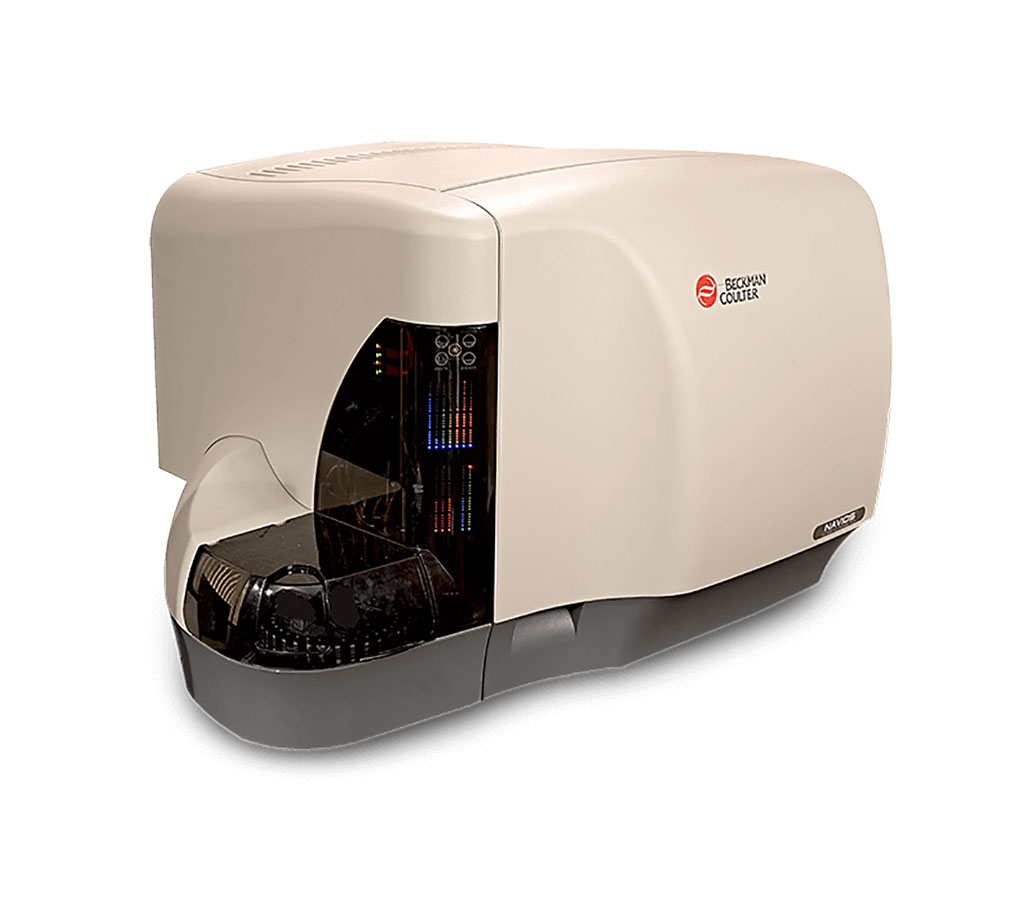Minimal Residual Disease Assessed in AL Amyloidosis Patients
By LabMedica International staff writers
Posted on 17 Mar 2020
Amyloid light-chain (AL) amyloidosis, also known as primary amyloidosis, is the most common form of systemic amyloidosis in the USA. Despite achieving a hematologic complete response after treatment, many patients with AL amyloidosis do not attain recovery of organ function and/or experience hematologic relapse.Posted on 17 Mar 2020
A persistent plasma cell clone producing amyloidogenic light chains at levels below the detection threshold of traditional serologic methods is hypothesized to impede organ response in some patients. Assessment of minimal residual disease (MRD) may therefore have clinical importance as a more stringent treatment response tool for patients in a hematologic complete response.

Image: The Gallios flow cytometer provides efficient acquisition of superior quality data from up to 10 colors with advanced optical design for enhanced sensitivity for multicolor assays (Photo courtesy of Beckman Coulter).
Hematologists at the Boston University School of Medicine (Boston, MA, USA) evaluated a total of 86 patients with AL amyloidosis with hematologic complete response (hemCR) achievement on previous evaluation were tested for MRD. Fresh bone marrow aspirate samples from consenting patients with AL amyloidosis were analyzed between February and November 2019. The scientists used 2-tube, 10-color antibody combination multiparametric flow cytometry to assess for MRD at a minimum sensitivity of 1 in 105 nucleated cells. Specimen processing was performed at PhenoPath Laboratories (Seattle, WA, USA) with a target of two million live cellular events acquired on a Gallios flow cytometer (Beckman Coulter, Brea, CA, USA).
The scientists reported that of 65 patients in hematologic complete response, 36 (55%) were found to have a residual clonal plasma cell population in the bone marrow. Comparing the MRD-negative and MRD-positive groups, renal response was observed in 88% versus 64%, cardiac response in 75% versus 59%, and any organ response in 90% versus 75% of patients. Depth of organ response as measured by the percent decrease in 24-hour proteinuria and brain natriuretic peptide was 96% versus 91% and 55% versus 46%, respectively. Notably, the median difference between involved and uninvolved serum free immunoglobulin light chain (dFLC) at diagnosis was significantly higher in the MRD-negative cohort (129 mg/L versus 70 mg/L).
The authors concluded that MRD negativity as a deeper treatment response classification was correlated with higher organ response in patients with AL amyloidosis in hemCR, although differences were not statistically significant. The study was published on March 4, 2020 in the journal Blood Advances.
Related Links:
Boston University School of Medicine
PhenoPath Laboratories
Beckman Coulter













